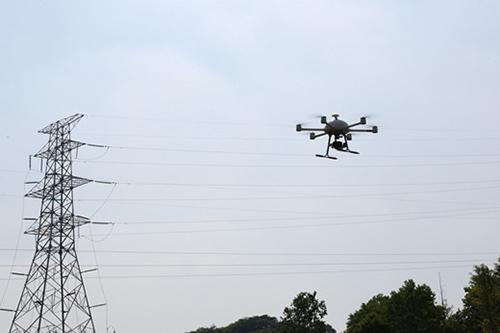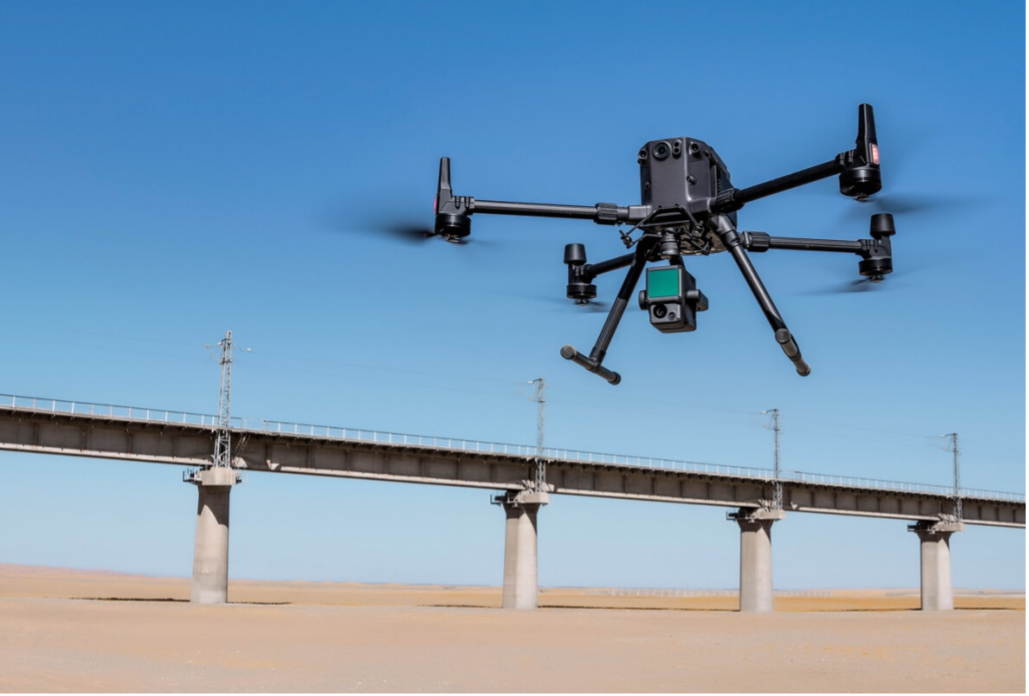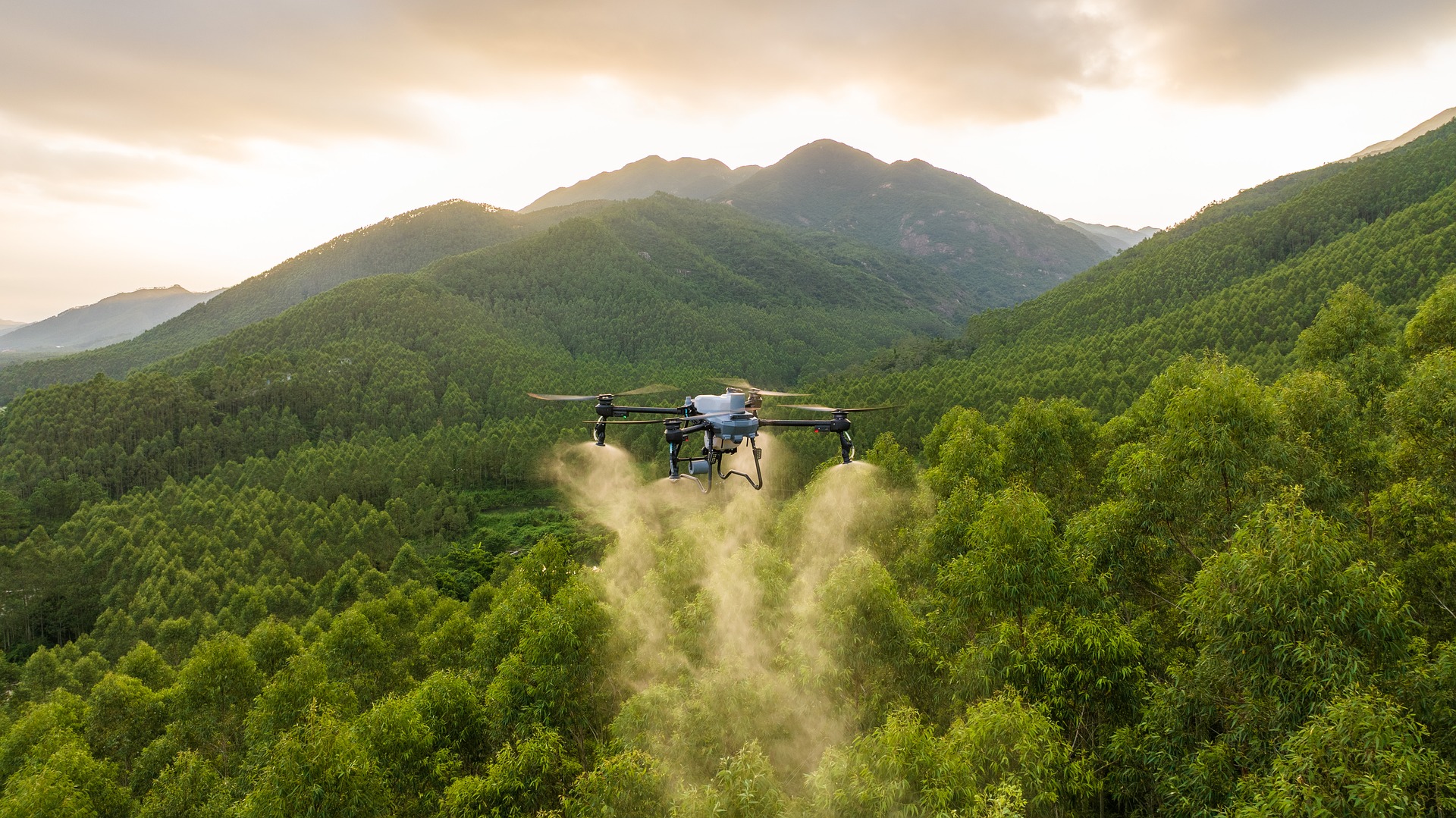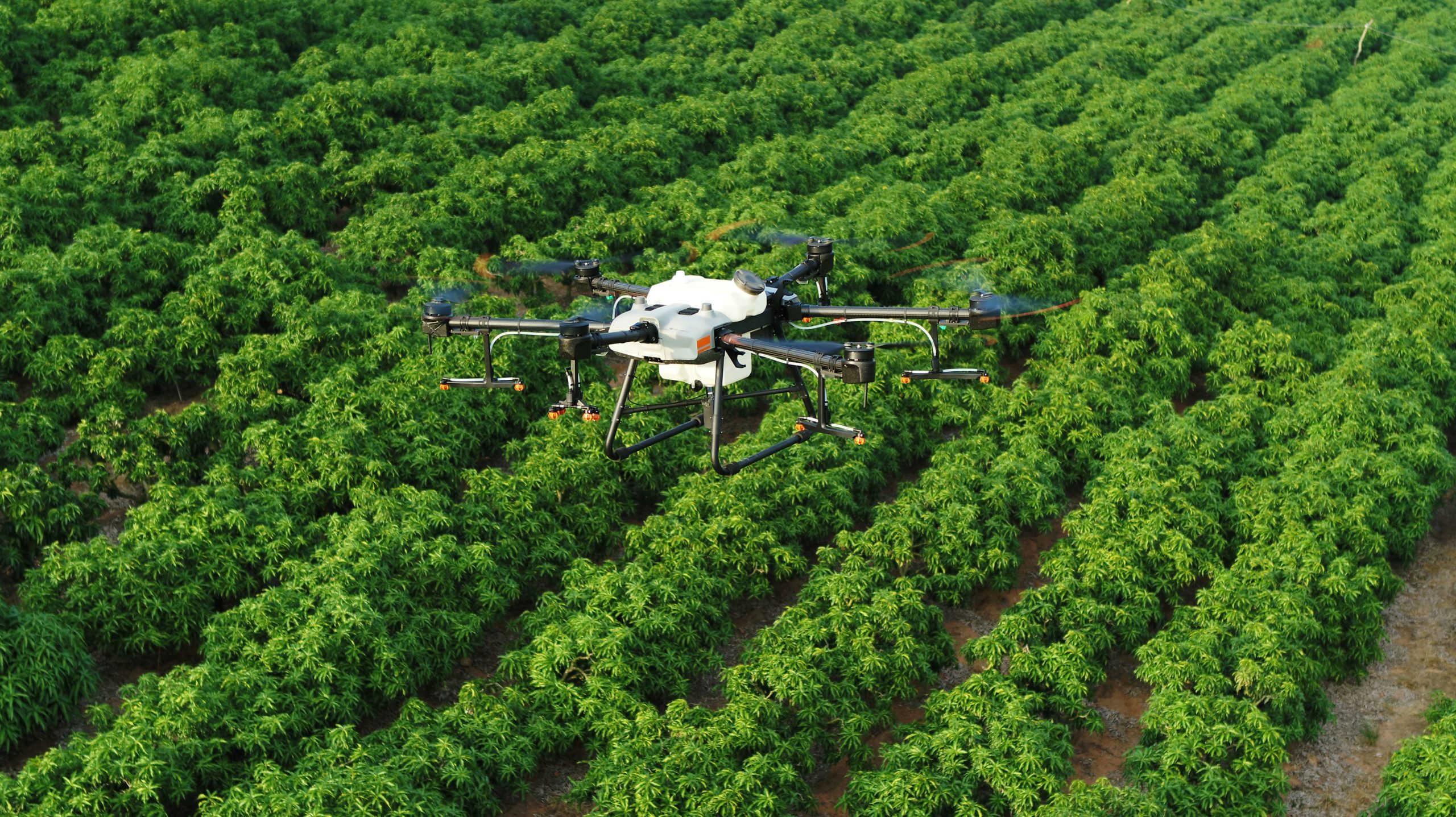Energy infrastructure survey performed by unmanned aerial vehicles is the most effective and economically advantageous method of collecting the full information on condition of power stations, power lines and heating mains.
BC technologies require no shut-down during inspection. It reduces troubleshooting time without unprofitable downtime of PTL.
The data collected by survey are processed in specialized software in order to develop valid and accurate orthophoto, digital terrain models and 3D-models.
PTL inspection
Remote UAV monitoring of power transmission lines is much cheaper, time-saving and less labor-consuming other methods.
Flights are performed at a safe distance from power towers and cables and require no voltage tripping or engaging personnel with electrical safety access qualification.
Specialized geoinformation system “Sputnik PTL” developed by BC provides:
- power lines metric data, including clearance and suspension height of the wires;
- measuring of forestry areas between power towers;
- locating and counting the trees dangerous to wires, including the ones growing outwards the exclusion zone;
- trees impending zones detecting;
- measuring the cut.
Software calculates the required indicators and displays the results in a convenient format.

Mapping
Results of BC UAV survey data processing include high-resolution photos, orthophotomap and digital surface model. These materials provide power towers locating and their above sea level defining. You can also make topographic and thematic maps that are useful in designing new PTL and heat mains routes, for reconstruction and erecting the facilities, determination of the most suitable approach road.
Alternative energy infrastructure inspection
UAV provide effective assessment of wind-powered generators and detection of solar panels faulty elements by means of Infra-red band survey.


Local facilities inspection
Unmanned aerial photography of hard-to-reach structures — dikes and dams, cooling towers and chimneys — require no shutting down their operation, erecting scaffold or exposing people to unnecessary risk.
Emergency response
UAV are useful in prompt searching the emergency location in case of breakdown or natural disaster and provide real-time information about emergency for rapid decision-making. Data obtained with the help of UAV are necessary for damage evaluation and planning of works on heat- and power-supply recovery in order to reduce elevated works to the minimum extent, minimize works in the high-voltage areas and reduce the number of the field visits.







